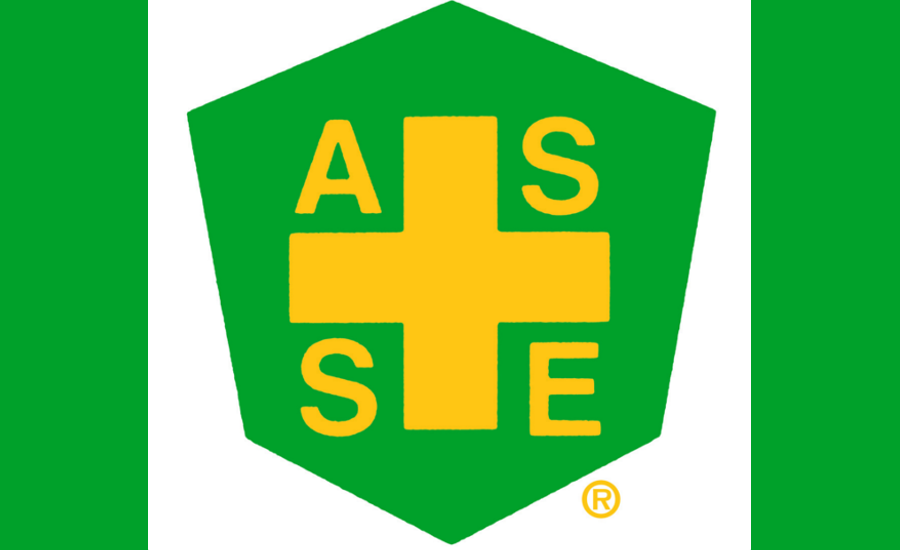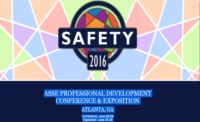I started my career as a graduate assistant at North Carolina State University working with the state’s furniture and textile industries as they were trying to comply with a new law, the Occupational Safety and Health Act. At that time, work-related injuries and illnesses were common in these industries and were often considered a badge of courage. Missing fingers, hearing loss and occupational asthma were the norm, and widespread ergonomics-related disabilities were simply viewed as the price of getting old. Although it took time, the new regulatory standards offered protection to a workforce that had come to expect injuries and illnesses as part of the job.
Fast forward to 2016. Regulatory standards still provide the foundation of worker protection. And some small- and medium-size businesses still struggle just to maintain basic compliance with the OSH Act and similar laws.
However, today’s OSH professionals understand that compliance alone cannot produce an injury-free workplace. Bureau of Labor Statistics data show that the rate of fatalities and serious injuries in the U.S. has plateaued for the past decade. This trend reflects the diminished return that companies receive from relying solely on regulatory compliance to reduce injuries.
Also revealing are the findings of an ASSE Foundation/RAND Corp. study published in 2014 that compares the fatality rate in the U.S. to that in the U.K. After normalizing the data for differences in road fatalities and workplace violence, the researchers found that the U.K. fatality rate was 50% that of the U.S. The researchers examined several possible reasons for the disparity, settling on the U.K.’s regulatory focus on workplace risk assessment as the most likely explanation. (You can access the research article at http://bit.ly/29xBLpD.)
These results should come as no surprise. Identifying and reducing workplace risk is a main focus of our jobs as OSH professionals. Given that safety is widely defined as the absence of risk and recognizing that workplace risk will never be zero, we strive to reduce risk to as low a level as is reasonably achievable. We all also know that when we must focus on addressing regulatory standards, conditions with higher risks may go unnoticed or unabated. In other words, complying with regulations is how organizations obey the law. Identifying, assessing, mitigating, managing and communicating workplace risk is how organizations gain competitive advantage or achieve mission success.
There is another compelling reason to focus on workplace risk: Senior management understands the concept of managing risk, whether it is operational risk, financial risk, reputational risk, market risk or a similar business concern. When we communicate in terms of workplace risk, we clearly define for management the need to act and plainly describe the potential consequences of inaction.
To promote the value of risk assessment among members and business leaders, ASSE launched the Risk Assessment Institute (www.oshrisk.org) in 2013. The institute advocates for the greater use of risk assessment methodologies and provides resources designed to help OSH professionals understand and apply these strategies and techniques in their workplaces. The Society also developed the Risk Assessment Certificate program to help OSH professionals build their knowledge, and hone their abilities to assess and communicate workplace risk to corporate leaders.
The OSH profession is transforming. While regulatory standards will always be part of OSH programs, we deliver the greatest value to our organizations and clients when we use our technical knowledge to identify and assess risks, then apply our business skills to develop and communicate effective solutions. By doing so, we protect workers and ultimately contribute directly to our organizations’ success.




